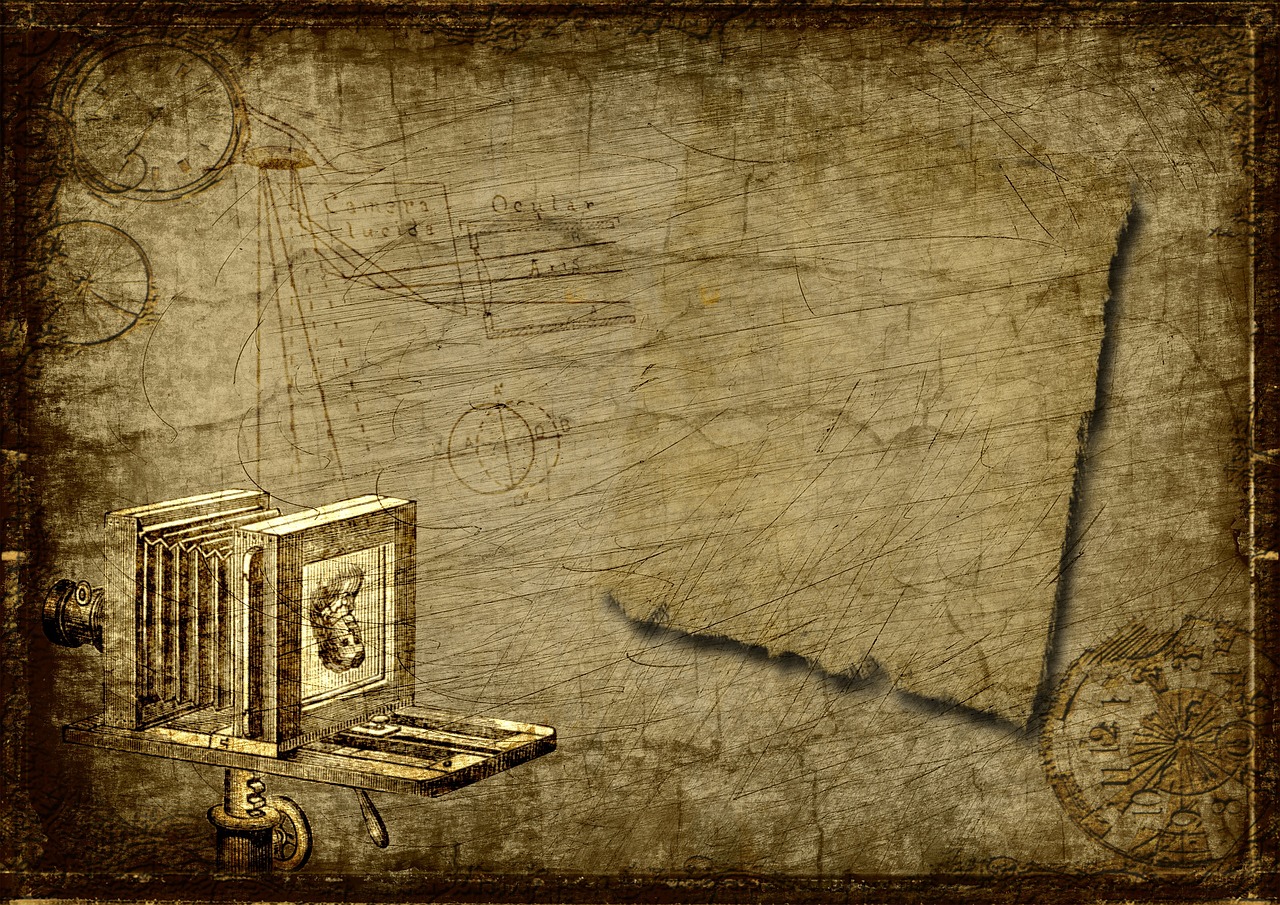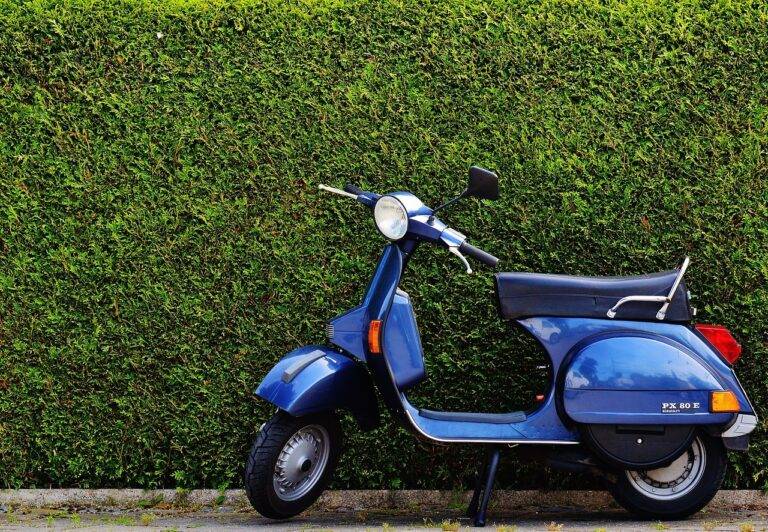Exploring the Potential of Space Tourism: Tech Challenges and Opportunities
One of the primary hurdles faced in the realm of space tourism technology is the development of reliable and cost-effective propulsion systems. Efficient propulsion is essential for enabling safe and timely journeys to and from space, yet current technologies are often cumbersome and prohibitively expensive. Innovations in propulsion systems are critical to advancing the feasibility of space tourism by reducing the reliance on traditional rocket propellants and exploring alternative methods for faster and more efficient travel.
In addition to propulsion challenges, the need for sustainable spacecraft materials poses another significant obstacle in the realm of space tourism technology. Spacecraft must withstand extreme environmental conditions and high velocities, necessitating materials that are both durable and lightweight. Balancing these requirements with the need for cost-effective manufacturing processes remains a key challenge for engineers and designers tasked with creating spacecraft for commercial space travel.
Spacecraft Design and Engineering
When it comes to space tourism, the design and engineering of spacecraft play a pivotal role in ensuring the safety and comfort of passengers during their journey to space. Engineers must meticulously plan and execute every aspect of the spacecraft’s construction to withstand the harsh conditions of space travel, including extreme temperatures, radiation, and microgravity. The structural integrity of the spacecraft must be meticulously designed to endure the forces and stresses experienced during launch, orbit, and re-entry.
Moreover, the propulsion system of the spacecraft is a critical element in determining the success of space tourism missions. The propulsion system must be powerful enough to propel the spacecraft into orbit and beyond while also being fuel-efficient to extend the range of travel. Engineers must carefully select and optimize the propulsion system to ensure the spacecraft can reach its intended destination safely and efficiently. Additionally, the design and engineering of life support systems are crucial to sustaining human life in the harsh environment of space, providing oxygen, food, water, and waste management for passengers throughout the journey.
Safety and Security Considerations for Space Tourism
As the space tourism industry continues to develop, ensuring the safety and security of passengers will be of paramount importance. With the unique challenges of space travel, such as exposure to zero gravity and cosmic radiation, comprehensive safety protocols must be established to protect the well-being of tourists. The design and construction of spacecraft must adhere to rigorous engineering standards to minimize the risks associated with space travel and ensure the safe passage of passengers.
In addition to technical safeguards, security considerations are also critical in the realm of space tourism. Preventing unauthorized access to spacecraft and space stations is essential to maintaining the integrity of the space tourism industry. Stringent security measures, both on the ground and in space, must be implemented to safeguard passengers, crew, and infrastructure from potential threats and ensure a safe and secure experience for all involved.
What are some of the main challenges of technology in space tourism?
Some of the main challenges include developing reliable propulsion systems, ensuring life support systems function in the harsh environment of space, and creating fail-safe communication systems.
How does spacecraft design and engineering play a role in space tourism safety?
Spacecraft design and engineering are crucial in ensuring the safety of space tourists, as they must be built to withstand the extreme conditions of space travel and provide a secure environment for passengers.
What are some of the top safety and security considerations for space tourism?
Some of the top safety and security considerations include emergency response protocols, radiation protection measures, crew training, and risk assessment and management procedures.
How is space tourism different from traditional air travel in terms of safety?
Space tourism presents unique challenges due to the lack of infrastructure and the need for specialized training and technology to ensure the safety of passengers in the vacuum of space.
What measures are being taken to ensure the safety and security of space tourists in the future?
Space agencies and private companies are working together to develop advanced safety systems, conduct rigorous testing and simulations, and establish international regulations to govern space tourism operations.





